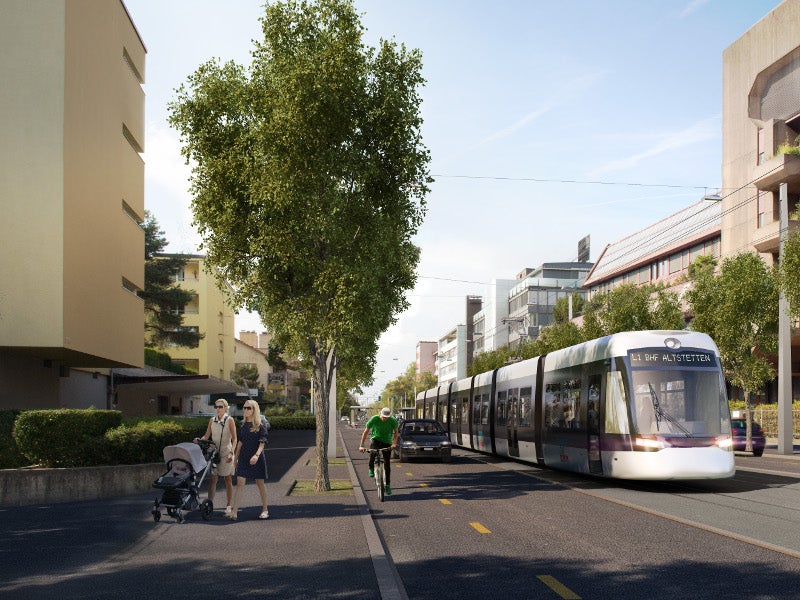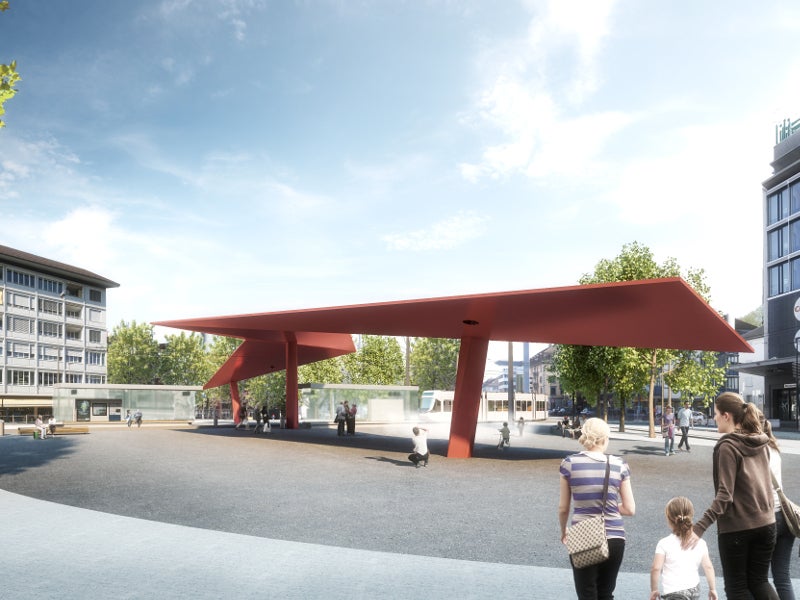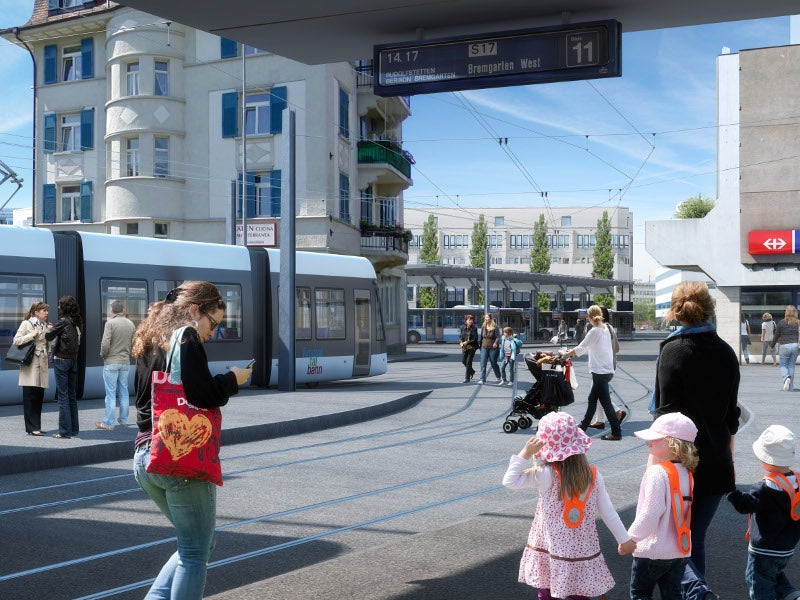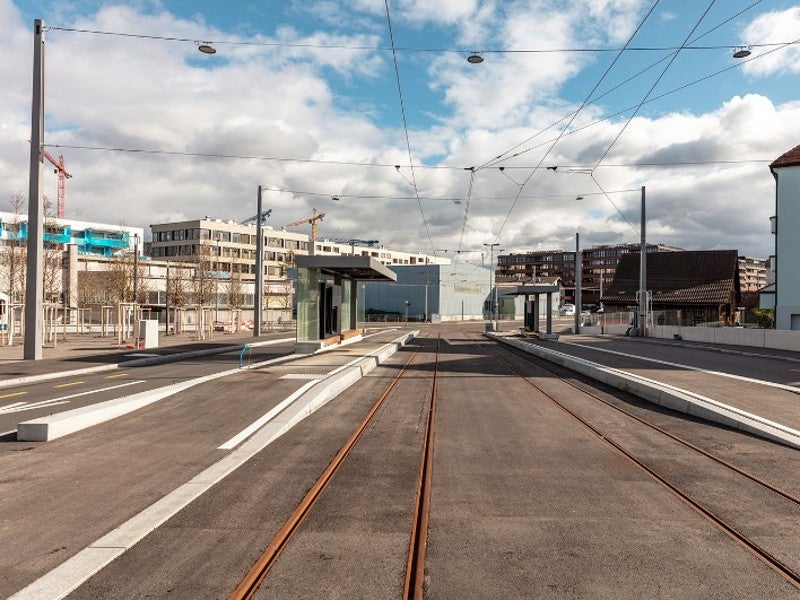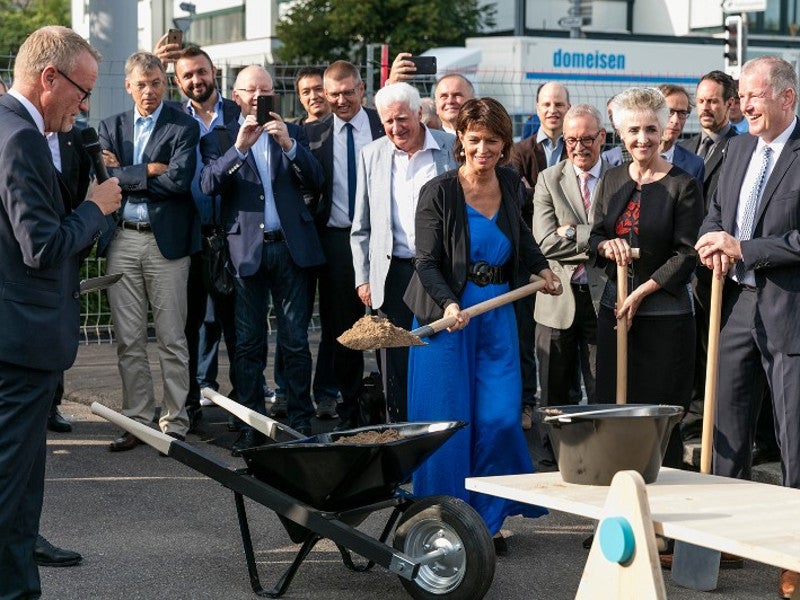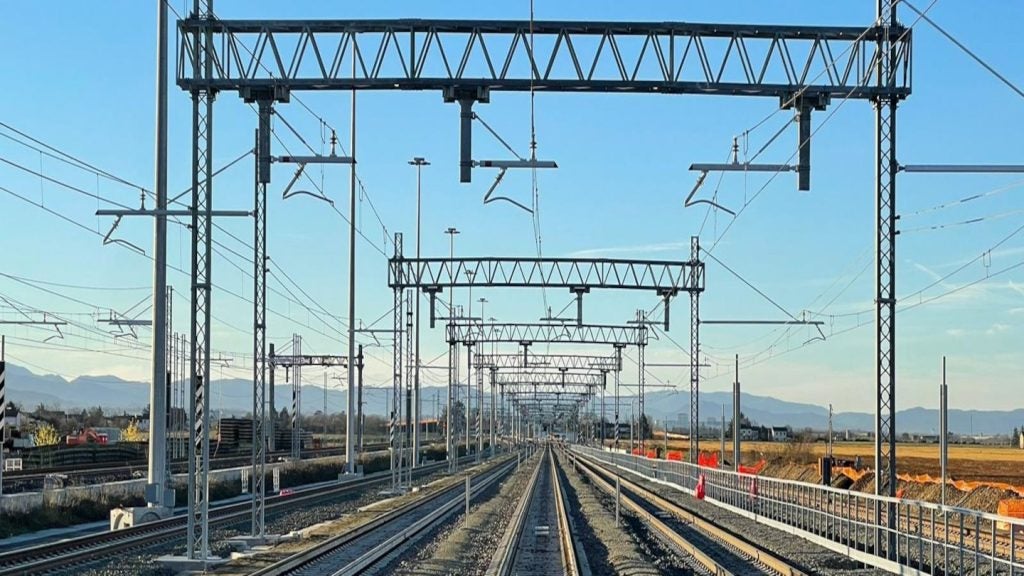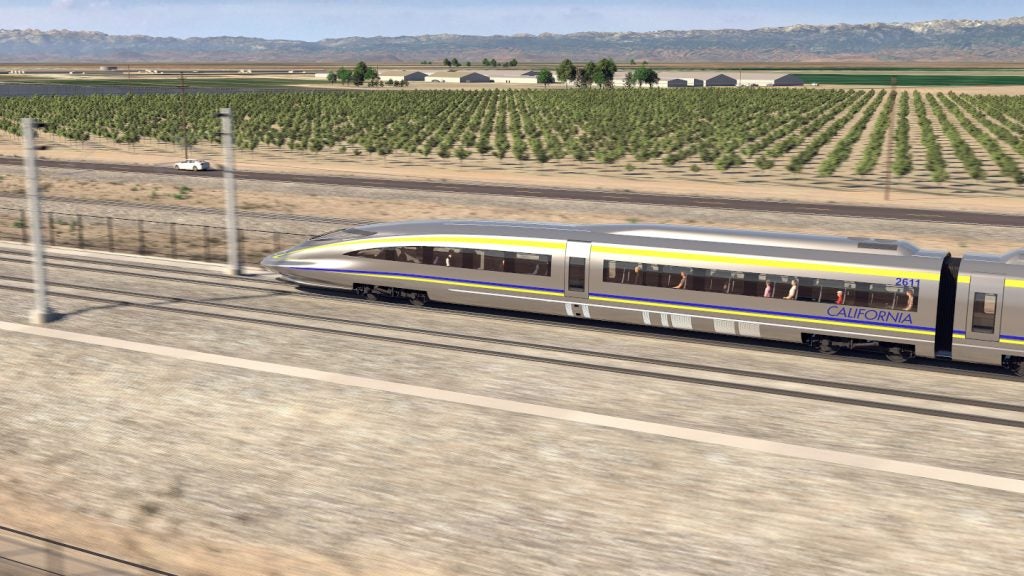Limmat Valley (German: Limmattal) light rail transit (LRT) is a new railway network being constructed by Limmattalbahn in Limmat Valley, Zurich, Switzerland.
The LRT project is being implemented jointly by Zurich and Aargau provinces.
The planning for the Limmat Valley LRT began in July 2010 and the Federal Office of Transport (BAV) granted permission for the construction of the project in April 2017.
Operated by BDWM Transport, the Limmat Valley LRT project will address traffic issues and improve the mobility of passengers in Limmat Valley. It will also connect inner areas and improve the economy of Limmat Valley.
The ground-breaking ceremony of the project was held in August 2017. The LRT network is scheduled for completion in 2022.
The project is expected to serve approximately 25,000 passengers in the first year of operation and more than 40,000 in the future.
Limmat Valley LRT project details
Limmat Valley light rail network will be 13.4km-long with 27 stops between Zurich-Altstetten and Killwangen. The LRT line will pass through Schlieren, Urdorf, Dietikon, and Spreitenbach.
The system will offer services at a frequency of 15 minutes between Zurich-Altstetten station and Killwangen-Spreitenbach station.
The project will also include the construction of a bridge, as well as a new depot in the border area between Dietikon and Spreitenbach. The depot will be integrated into the urban environment and will be used for parking and maintenance of railway vehicles.
Limmat Valley LRT will be constructed in two stages. The first stage will involve a segment between Zurich Farbhof and Schlieren Geissweid, while the second stage will include sections between Schlieren Geissweid and Killwangen-Spreitenbach station, as well as Altstetten station and Zürich Farbhof.
Construction details
Zürcherstrasse civil engineering works are mostly completed and decking works on the southern side will be carried out in late 2019.
The area between the Hohlstrasse and Badenerstrassen will be rebuilt and the existing retaining edge Farbhof will also be constructed.
The town square was redesigned with fog fountain and a grand piano roof in November 2018. The first stage of the Limmat Valley LRT from Zurich-Altstetten to Schlieren will become operational in the second half of 2019.
Financing for Limmat Valley LRT
The total estimated investment of the project is Sfr755m ($779.6m). The federal government will finance 35% of the total project costs, while the remainder will be funded by Zurich and Aargau regions.
Project funding will also include Sfr136m ($139m) from the canton of Zurich for associated road improvements in Limmattal.
Rolling stock for Limmat Valley light rail transit
Aargau Verkehr selected Stadler Rail for providing eight modern low-floor Tramlink vehicles for the Limmat Valley LRT project.
The low-floor vehicles will have a length of 44.3m and width of 2.3m. Each train will be configured into a seven-car bidirectional formation and will run at a maximum speed of 80km/h.
Vehicles will feature seven doors on either side, while its large catchment areas at the entrance will allow passengers to change quickly. It will have a maximum seating capacity of 260, which includes 172 standing places and 88 seats.
The fully air-conditioned Tramlink vehicle will be installed with an integrated passenger information system.
Contractors involved
Limmattalbahn awarded a Sfr230m ($196.2m) contract to four civil engineering companies, namely Specogna Bau, Scheifele, Strabag, and Aarvia Bau, for the construction of the second stage of Limmat Valley LRT.
Stadler Rail will provide the rolling stock for the Limmat Valley LRT project. The delivery is scheduled for late 2019.
Prefabricated concrete installation works are being carried out by Element, while tree delivery and planting services are performed by Graf Gartenbau.

